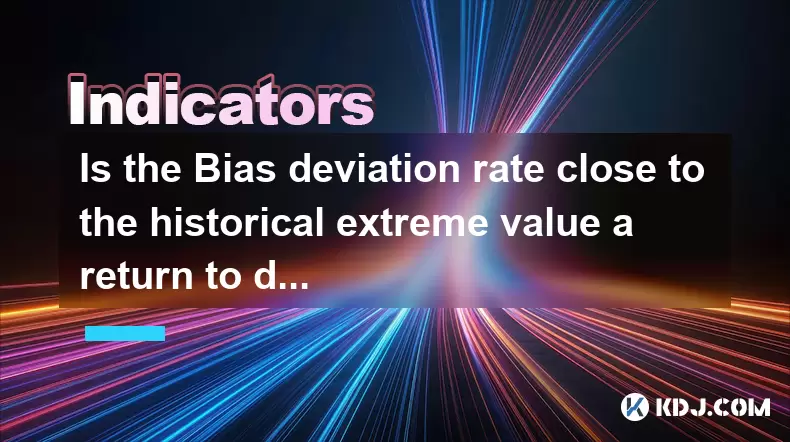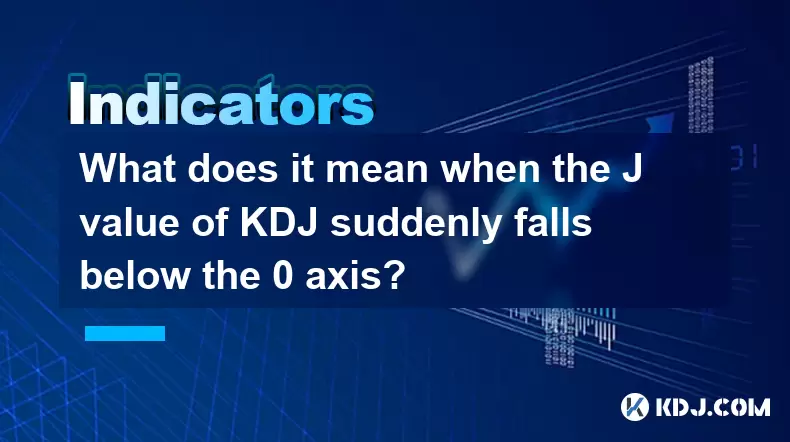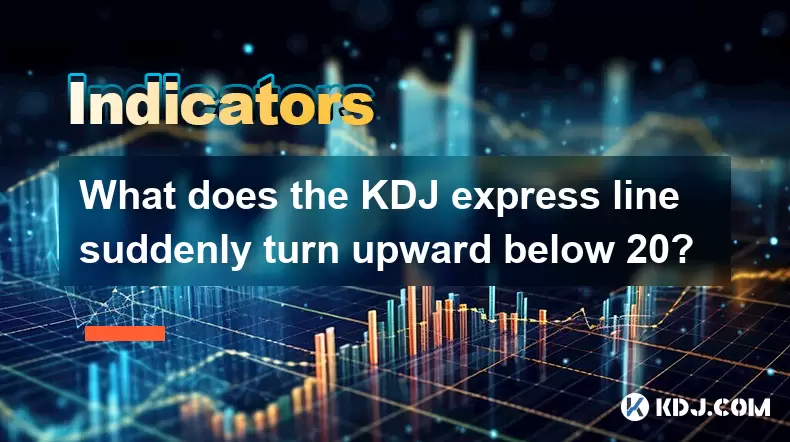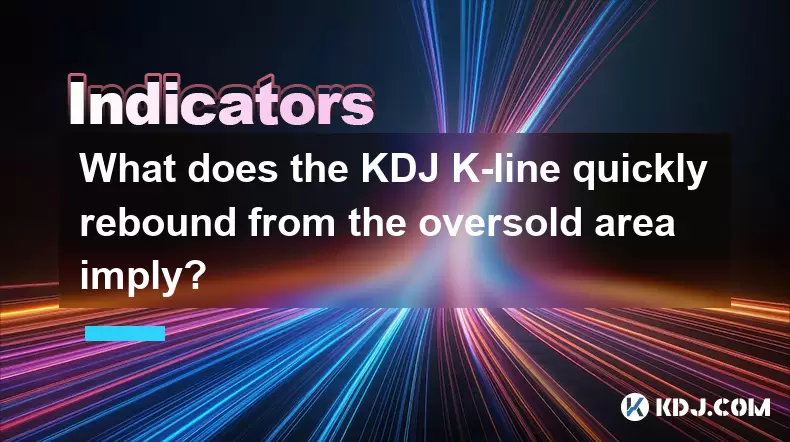-
 Bitcoin
Bitcoin $115100
-2.99% -
 Ethereum
Ethereum $3642
-1.38% -
 XRP
XRP $3.027
-5.51% -
 Tether USDt
Tether USDt $1.000
-0.05% -
 BNB
BNB $763.4
-1.32% -
 Solana
Solana $177.2
-5.42% -
 USDC
USDC $0.9999
-0.02% -
 Dogecoin
Dogecoin $0.2247
-6.47% -
 TRON
TRON $0.3135
0.23% -
 Cardano
Cardano $0.7824
-4.46% -
 Hyperliquid
Hyperliquid $42.53
-0.97% -
 Stellar
Stellar $0.4096
-6.09% -
 Sui
Sui $3.662
-2.61% -
 Chainlink
Chainlink $17.63
-3.57% -
 Bitcoin Cash
Bitcoin Cash $536.3
2.94% -
 Hedera
Hedera $0.2450
0.34% -
 Avalanche
Avalanche $23.23
-3.15% -
 Litecoin
Litecoin $112.2
-1.23% -
 UNUS SED LEO
UNUS SED LEO $8.976
-0.30% -
 Shiba Inu
Shiba Inu $0.00001341
-2.72% -
 Toncoin
Toncoin $3.101
-2.44% -
 Ethena USDe
Ethena USDe $1.001
-0.05% -
 Uniswap
Uniswap $10.08
-1.97% -
 Polkadot
Polkadot $3.938
-2.77% -
 Monero
Monero $323.9
0.87% -
 Dai
Dai $0.9999
-0.02% -
 Bitget Token
Bitget Token $4.481
-1.69% -
 Pepe
Pepe $0.00001199
-5.94% -
 Aave
Aave $288.2
-0.68% -
 Cronos
Cronos $0.1279
0.36%
Is the Bias deviation rate close to the historical extreme value a return to demand or a strengthening trend?
The Bias deviation rate helps traders gauge overbought or oversold conditions in crypto by measuring price deviation from its moving average, with extremes signaling potential reversals or trend continuation when confirmed by volume, on-chain data, and market structure.
Jul 24, 2025 at 04:49 pm

Understanding the Bias Deviation Rate in Cryptocurrency Markets
The Bias deviation rate is a technical indicator used in cryptocurrency trading to measure the extent to which the current market price deviates from a historical moving average, typically the simple moving average (SMA). This deviation helps traders assess whether an asset is overbought or oversold. When the Bias deviation rate approaches historical extreme values—either significantly positive or negative—it often signals a potential inflection point in price movement. A high positive value indicates that the price is substantially above the average, suggesting overbought conditions. Conversely, a large negative value reflects oversold conditions. The interpretation of such extremes is critical for traders aiming to anticipate reversals or confirm trend strength.
Historical Extreme Values and Market Psychology
When the Bias deviation rate nears historical extremes, it reflects strong market sentiment. For instance, a sharp positive deviation may stem from FOMO (fear of missing out) during a bullish rally, where buyers aggressively push prices upward. This can create a temporary imbalance between supply and demand. In contrast, a deep negative deviation often follows panic selling, where holders liquidate positions amid fear or negative news. These emotional extremes are typically unsustainable. The key question becomes whether the deviation marks a temporary overextension or the acceleration of a dominant trend. Historical data shows that in strong bull markets, assets can remain at high positive deviations for extended periods, suggesting trend persistence rather than imminent reversal.
Distinguishing Between Reversion and Trend Continuation
To determine whether a near-extreme Bias deviation rate indicates a return to equilibrium (mean reversion) or a strengthening trend, traders must analyze additional context. Consider the following factors:
- Volume analysis: High trading volume accompanying an extreme deviation supports trend continuation. For example, if Bitcoin’s price rises sharply with increasing volume and a high Bias rate, it may reflect strong institutional accumulation rather than speculative excess.
- Market structure: Higher highs and higher lows in price action confirm an uptrend. If the Bias deviation rate reaches a peak within this structure, it may signal momentum rather than exhaustion.
- Timeframe alignment: A deviation on a daily chart may be extreme, but checking the weekly chart could reveal that the price is still within a broader consolidation range, reducing the likelihood of reversal.
- Macro indicators: On-chain metrics such as exchange outflows or rising active addresses can validate bullish sentiment, supporting the idea that the deviation reflects demand rather than overextension.
Practical Steps to Evaluate Bias Deviation Extremes
To assess whether a near-extreme Bias deviation rate suggests a return to demand or trend strengthening, follow these steps:
Calculate the Bias deviation rate: Use the formula:
Bias = (Current Price - n-period SMA) / n-period SMA * 100
Common periods include 10, 20, or 50 days. For example, if Bitcoin is trading at $68,000 and its 20-day SMA is $60,000:(68,000 - 60,000) / 60,000 * 100 = 13.3%
Compare this value to historical highs and lows over the same period.Plot historical extremes: Use charting tools like TradingView to overlay the Bias rate over the past year. Identify previous peaks and troughs. If the current value is within 90% of the historical maximum, it is considered extreme.
Cross-verify with RSI and MACD: A Relative Strength Index (RSI) above 70 confirms overbought conditions, reinforcing a potential reversal signal. However, if MACD shows increasing bullish momentum, the trend may persist despite the high Bias rate.
Monitor order book depth: Use exchange APIs or platforms like Glassnode to check bid-ask imbalances. A thick order book on the bid side at extreme Bias levels suggests accumulation, favoring trend continuation.
Assess funding rates in futures markets: In perpetual swap markets, excessively positive funding rates during high Bias readings may indicate leveraged long positions, increasing the risk of a short-term pullback.
Case Study: Bitcoin in Early 2024
In early 2024, Bitcoin’s price surged past $60,000, pushing its 20-day Bias deviation rate to +15%, near a multi-year high. At first glance, this suggested overbought conditions. However, on-chain data revealed net outflows from exchanges, indicating holders were moving coins to cold storage. Additionally, futures open interest rose steadily, and funding rates remained moderate, not excessively positive. The spot market saw increased inflows into Bitcoin ETFs. These factors collectively indicated that the extreme Bias rate was not due to speculative mania but growing institutional demand. As a result, the price did not reverse but continued to climb, validating the trend-strengthening interpretation.
Common Misinterpretations and Risk Management
Traders often misinterpret extreme Bias deviation rates as guaranteed reversal signals. However, in strong trending markets, deviations can remain elevated for weeks. Relying solely on this indicator without confirmation increases risk. Implement risk controls such as:
- Position sizing: Limit exposure to 1–2% of capital per trade when acting on Bias signals.
- Stop-loss placement: Set stop-loss orders below recent swing lows in uptrends, even if the Bias rate is high.
- Diversify indicators: Combine Bias with on-chain metrics, volume profiles, and volatility bands (like Bollinger Bands) for higher-confidence entries.
Avoid entering counter-trend trades based solely on extreme Bias values. Instead, wait for price action confirmation, such as bearish candlestick patterns or volume drop-offs, before assuming a reversal.
Frequently Asked Questions
What is a typical threshold for an extreme Bias deviation rate in Bitcoin?
A Bias deviation rate exceeding ±12% on a 20-day SMA is generally considered extreme for Bitcoin, based on historical data from 2020–2024. However, during parabolic rallies, it can reach +18% or higher without immediate reversal.
Can the Bias deviation rate be used in sideways markets?
Yes, in ranging markets, the Bias deviation rate becomes highly effective. Values near +8% often mark resistance, while -8% levels align with support, offering reliable mean-reversion opportunities.
Which moving average period is best for calculating Bias in crypto?
The 20-day simple moving average is most widely used due to its balance between responsiveness and noise reduction. For longer-term analysis, the 50-day SMA provides better context for trend strength.
Does the Bias deviation rate work across all cryptocurrencies?
It works best on high-liquidity assets like Bitcoin and Ethereum. Low-cap altcoins with erratic price action may generate false signals due to manipulation or low volume, reducing the indicator’s reliability.
Disclaimer:info@kdj.com
The information provided is not trading advice. kdj.com does not assume any responsibility for any investments made based on the information provided in this article. Cryptocurrencies are highly volatile and it is highly recommended that you invest with caution after thorough research!
If you believe that the content used on this website infringes your copyright, please contact us immediately (info@kdj.com) and we will delete it promptly.
- Bitcoin Swift (BTC3): Last Call for Presale Stage 1!
- 2025-07-25 23:10:12
- Kiyosaki's Crypto Playbook: Ditching Paper for Real Assets Like Bitcoin
- 2025-07-25 22:30:11
- Satoshi-Era Whales Stir the Bitcoin Pot: What's the Deal?
- 2025-07-25 22:30:12
- Pi Coin Value in Indian Rupees (INR) 2024: Decoding the Hype
- 2025-07-25 21:45:50
- Crypto Investing: Top Picks and Meme Coin Mania in '25
- 2025-07-25 21:52:07
- Ark Invest's Portfolio Rebalance: Coinbase, Block, and the Crypto Shift
- 2025-07-25 21:52:07
Related knowledge

What does it mean when the J value of KDJ suddenly falls below the 0 axis?
Jul 26,2025 at 12:01am
Understanding the KDJ Indicator in Cryptocurrency TradingThe KDJ indicator is a momentum oscillator widely used in cryptocurrency trading to identify ...

How to interpret that the KDJ D line is downward for a long time but the price is sideways?
Jul 25,2025 at 07:00pm
Understanding the KDJ Indicator and Its ComponentsThe KDJ indicator is a momentum oscillator widely used in cryptocurrency trading to assess overbough...

What does the KDJ express line suddenly turn upward below 20?
Jul 25,2025 at 11:49pm
Understanding the KDJ Indicator in Cryptocurrency TradingThe KDJ indicator is a momentum oscillator widely used in cryptocurrency trading to identify ...

What does the KDJ K-line quickly rebound from the oversold area imply?
Jul 26,2025 at 12:21am
Understanding the KDJ Indicator in Cryptocurrency TradingThe KDJ indicator is a momentum oscillator widely used in cryptocurrency trading to identify ...

What does it mean that the KDJ indicator forms a double bottom at a low level?
Jul 25,2025 at 05:08pm
Understanding the KDJ Indicator in Cryptocurrency TradingThe KDJ indicator is a momentum oscillator widely used in cryptocurrency trading to identify ...

What does it mean that the RSI continues to hover in the 40-60 range?
Jul 25,2025 at 11:07pm
Understanding the RSI and Its Typical BehaviorThe Relative Strength Index (RSI) is a momentum oscillator that measures the speed and change of price m...

What does it mean when the J value of KDJ suddenly falls below the 0 axis?
Jul 26,2025 at 12:01am
Understanding the KDJ Indicator in Cryptocurrency TradingThe KDJ indicator is a momentum oscillator widely used in cryptocurrency trading to identify ...

How to interpret that the KDJ D line is downward for a long time but the price is sideways?
Jul 25,2025 at 07:00pm
Understanding the KDJ Indicator and Its ComponentsThe KDJ indicator is a momentum oscillator widely used in cryptocurrency trading to assess overbough...

What does the KDJ express line suddenly turn upward below 20?
Jul 25,2025 at 11:49pm
Understanding the KDJ Indicator in Cryptocurrency TradingThe KDJ indicator is a momentum oscillator widely used in cryptocurrency trading to identify ...

What does the KDJ K-line quickly rebound from the oversold area imply?
Jul 26,2025 at 12:21am
Understanding the KDJ Indicator in Cryptocurrency TradingThe KDJ indicator is a momentum oscillator widely used in cryptocurrency trading to identify ...

What does it mean that the KDJ indicator forms a double bottom at a low level?
Jul 25,2025 at 05:08pm
Understanding the KDJ Indicator in Cryptocurrency TradingThe KDJ indicator is a momentum oscillator widely used in cryptocurrency trading to identify ...

What does it mean that the RSI continues to hover in the 40-60 range?
Jul 25,2025 at 11:07pm
Understanding the RSI and Its Typical BehaviorThe Relative Strength Index (RSI) is a momentum oscillator that measures the speed and change of price m...
See all articles

























































































